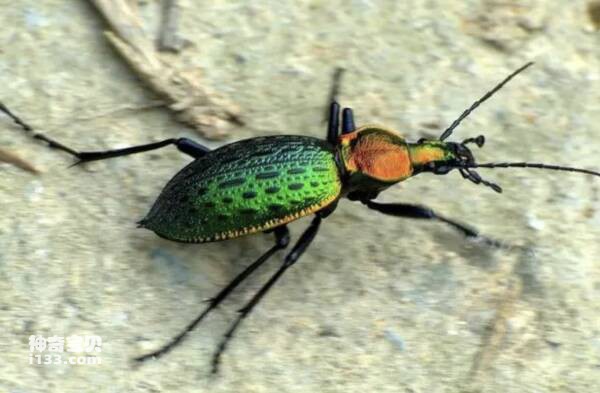There are so many types of insects, so their lifestyles and living places must be diverse, and the lifestyles and life instincts of some insects are of great research value. It can be said that from the ends of the earth to the capes of the sea, from mountains to abyss, from the equator to the poles, from oceans and rivers to deserts, from grasslands to forests, from the wild to indoors, from the sky to the soil, insects are everywhere. However, they should be distinguished according to the most suitable activity places of the main insect states, and they can be roughly divided into five categories.

(1) Insects that live in the air: Most of these insects are active during the day. The adult stage has developed wings and usually has developed mouthparts. The adult life span is relatively long. Such as bees, wasps, dragonflies, flies, mosquitoes, gadflies, butterflies, etc. Insects in the aerial activity stage mainly migrate and spread, hunt for food, fly to mate and choose a place to lay eggs.
(2) Insects living on the surface: These insects have no wings, or they have wings but are no longer good at flying, or they can only crawl and jump. Some flying insects also live on the ground during their larval and pupal stages. Some parasitic insects and insects that feed on decaying plants and animals (including insects that live indoors with humans) also mostly move on the surface. Insects active on the ground account for the vast majority of all insect species, because the ground is the location and habitat of insect food. Common such insects include walking bugs (farting bugs), cockroaches, etc.
(3) Insects living in the soil: These insects feed on plant roots and humus in the soil. They are a major nuisance to agriculture, fruit trees and seedlings due to their movement in the soil and feeding on plant roots. These insects are most afraid of light. Most species have poor movement and migration abilities. They rarely go to the ground during the day. Night and rainy days are their most suitable times for activity. Common such insects include mole crickets, cutworms (larvae of armyworms), larvae of cicadas, etc.
(4) Insects living in water: Some insects live in water throughout their lives, such as hemiptera bugs, field bugs, turtle bugs, paddle bugs, etc., Coleoptera dragon lice, terrapins, etc. Some insects are only larvae (specially called nymphs) living in water, such as dragonflies, caddisflies, mayflies, etc. The common characteristics of aquatic insects are: the valves on the side of the body are degenerated, while the valves at both ends of the body are developed or special tracheal gills are used instead of the valves for respiration; most species have flat and hairy swimming legs, which are used for paddling.
(5) Parasitic insects: These insects are relatively small in size and have poor mobility. The larvae of most species have no legs or can no longer walk on their legs, and their eyesight is also weakened. Some parasitic insects live on the body surface of mammals throughout their lives and rely on blood-sucking for their survival, such as fleas and lice. Some are parasitic in animals, such as horse stomach flies. Other insects are parasitic on other insects and are beneficial to humans. They can be used to control pests, which is called biological control. These insects mainly include wasps, wasps, braconid wasps, parasitic flies, etc. Among parasitic insects, there is also a phenomenon called heavy parasitism. That is, when a parasitic wasp or parasitic fly parasitizes a herbivorous insect, another parasitic insect parasitizes the previous parasitic insect. Some species can also carry out double or triple parasitism. For insects, these phenomena are just an instinct to compete for survival.
animal tags: insect species parasitism surface
We created this article in conjunction with AI technology, then made sure it was fact-checked and edited by a Animals Top editor.